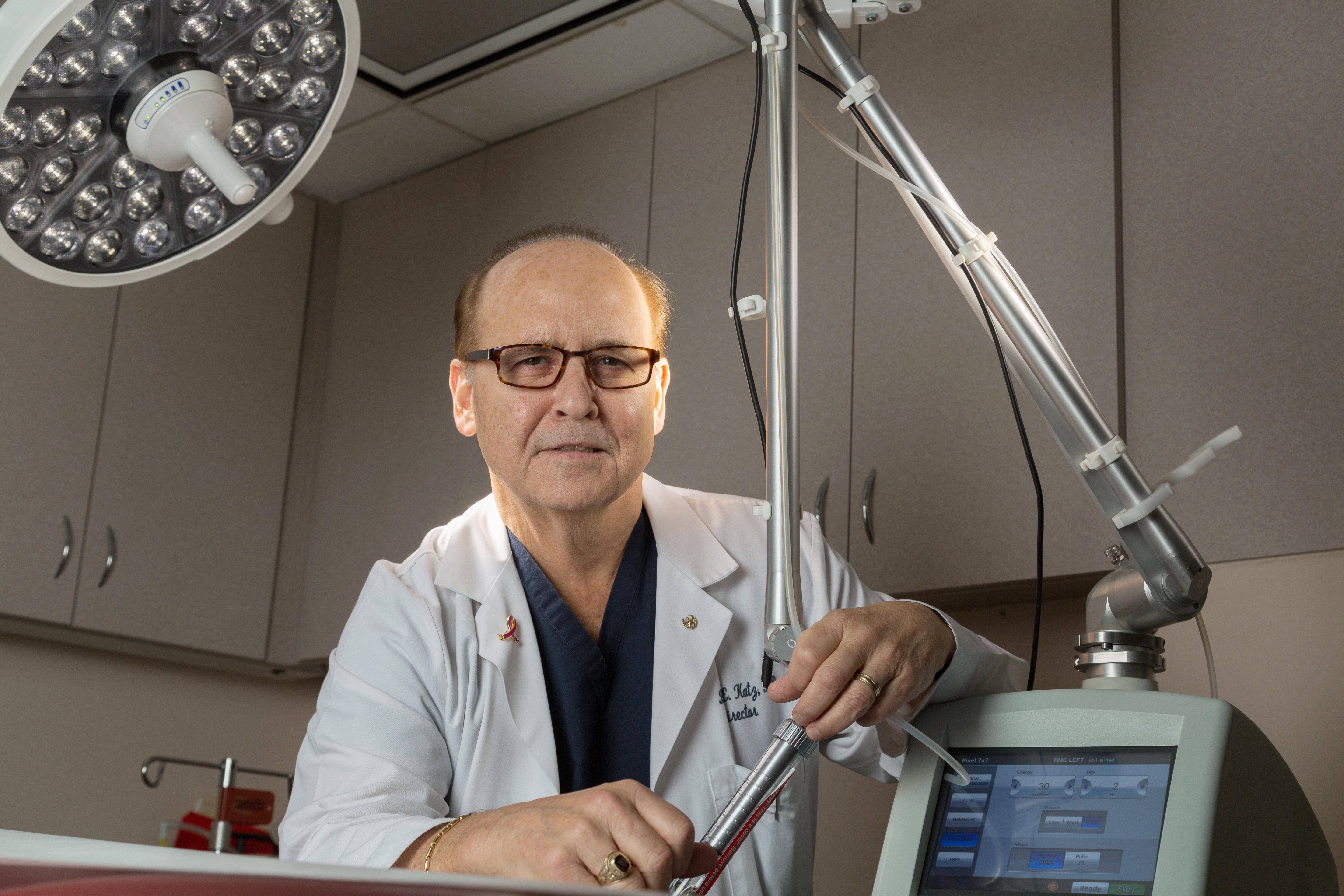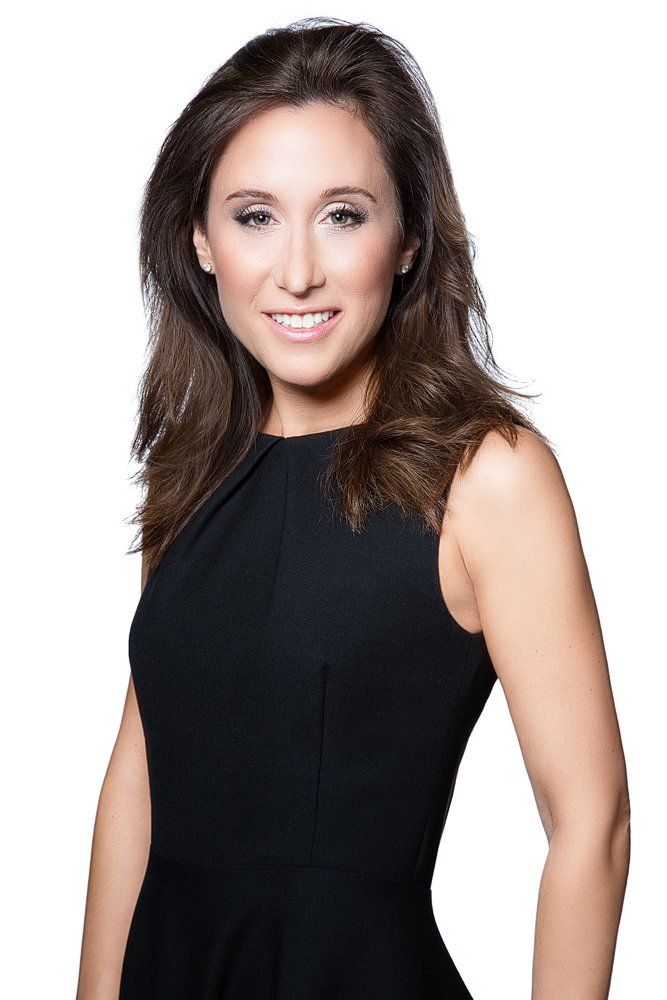- General Dermatology
- Eczema
- Chronic Hand Eczema
- Alopecia
- Aesthetics
- Vitiligo
- COVID-19
- Actinic Keratosis
- Precision Medicine and Biologics
- Rare Disease
- Wound Care
- Rosacea
- Psoriasis
- Psoriatic Arthritis
- Atopic Dermatitis
- Melasma
- NP and PA
- Skin Cancer
- Hidradenitis Suppurativa
- Drug Watch
- Pigmentary Disorders
- Acne
- Pediatric Dermatology
- Practice Management
- Prurigo Nodularis
Article
What will be the industry game changers in 2016?
What do your colleagues predict will be the specialty’s game-changers in 2016? Here is what some said they are most looking forward to in the coming year.


What do your peers predict will be the specialty’s game-changers in 2016? Here is what some said they are most looking forward to in the coming year.

Christine C. Kim, M.D
Technology
Christine C. Kim, M.D., Dermatology Institute & Skin Care Center, Santa Monica, Calif.: For 2016, I am looking forward to the growing use of technology to enhance the practice of dermatology, hopefully with new apps to aid in the diagnosis and treatment of skin conditions or to increase patient compliance with their medications. I also think teledermatology will become increasingly accepted as a way for dermatologists to share information and to reach underservedpopulations.



Non-surgical rejuvenation

Bruce E. Katz, M.D.
Bruce E. Katz, M.D., clinical professor, Icahn School of Medicine at Mt Sinai, and director of the Juva Skin & Laser Center, New York, N.Y.: We’re looking for new applications of non-invasive technologies that we haven’t considered yet. This year and into 2016, we will see a focus on feminine rejuvenation. Previously in the domain of surgery, but now with lasers and radiofrequency, women can benefit from these treatments with no downtime and painlessly. Case in point: Femilift [Alma Lasers]. Fat dissolving injectables and energy-based devices that offer skin tightening [continue to be big markets]!



Cellulite treatment

Jeanine B. Downie, M.D.
Jeanine B. Downie, M.D., director, Image Dermatology, Montclair, N.J.: The industry development/progress that I am looking forward to involves using my ThermiTight [ThermiHealth] technology to do more cellulite treatment. Cellulite is a hug issue for 97 percent of women, and I am delighted to be on the cutting edge of this treatment.



Additional filler choices

David Bank, M.D.
David Bank, M.D., director, The Center for Dermatology, Cosmetic and Laser Surgery in Mount Kisco, N.Y.: [In] 2016 [I’m] looking forward to approval of newer, more versatile fillers, such as Volbella [Allergan] for the lips and perioral area and the Emervel family of fillers [Galderma]. Emervel will be great to add further diversity to the choices of fillers we have for treatment. More fillers translates to even greater sophistication and subtlety of choices. In addition, new technologies will hopefully become available with better results than currently available, especially for skin tightening and non-invasive fat reduction.



Pipeline promises

Seth J. Orlow, M.D., Ph.D.
Seth J. Orlow, M.D., Ph.D., professor of pediatric dermatology and chair of dermatology at NYU Langone Medical Center, New York, N.Y.: The dermatology therapeutic pipeline is filled with promising and innovative agents for common conditions like acne and rare ones, like epidermolysis bullosa, that will hopefully advance to approval to our patients' benefit in the next few years.
Similarly, Janet H. Prystowsky, M.D., who practices in New York, N.Y., says: [For 2016,] I hope the pharmaceutical industry will gain FDA approval to establish safe protocols for treating widespread actinic keratoses with low-dose systemic chemotherapy.



Laser advances

Brenda LaTowsky, M.D.
Brenda LaTowsky, M.D., owner, Clear Dermatology and Aesthetics Center, Scottsdale, Ariz.; For 2016, we are very excited about the Sebacia [Sebacia] treatment, a simple, quick, in-office procedure in clinical development to treat moderate to severe acne. Based on our experience during a pivotal clinical trial, we found the Sebacia treatment to be convenient, effective and durable as a potential new approach for acne. Unlike acne treatments that require daily treatments with lotions or pills, we believe the Sebacia treatment can provide dermatologists with an in-office procedure that could eliminate compliance concerns and create a better alternative to oral antibiotics and isotretinoin.
Read: Gold microparticles zap sebaceous follicles
Elizabeth Tanzi, M.D., of Capital Laser & Skin Care, Chevy Chase, Md., and clinical professor of dermatology at George Washington University Medical Center: I’m looking forward to seeing how the advances in picolasers can treat not only tattoos, but also their use for photoaging and possibly melasma.



Larger area injectable fat dissolvers; topical neruomodulators

Rebecca Kazin, M.D.
Rebecca Kazin, M.D., of the Washington Institute of Dermatologic Laser Surgery, in Chevy Chase, Md., and Washington D.C.: Dr. Kazin, who chose injectable fat destruction with Kybella as her top pick for 2015, told Dermatology Times she is most excited in the next year about injectables that dissolve fat over larger areas like the abdomen, as well as topical neuromodulators for wrinkles and sweating.
Disclosures:
Dr. Kim: None
Dr. Katz: None
Dr. Downie: None
Dr. Bank: None
Dr. Orlow: None
Dr. LaTowsky: did clinical trials for Sebacia.
Dr. Tanzi: member of Sciton's Strategic Advisory Board.
Dr. Kazin: a principal investigator in Kybella research.
Dr. Prystowsky: none





